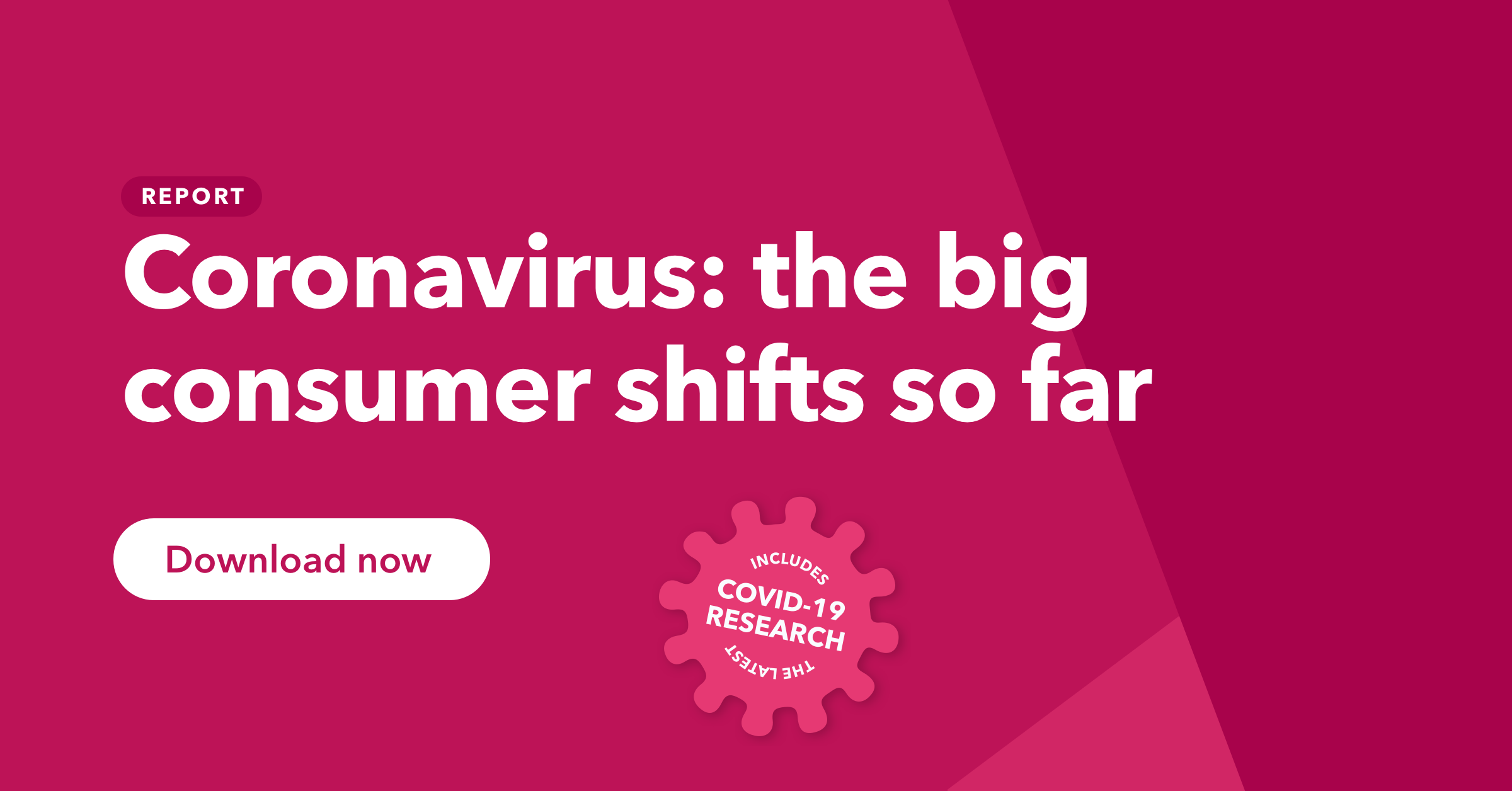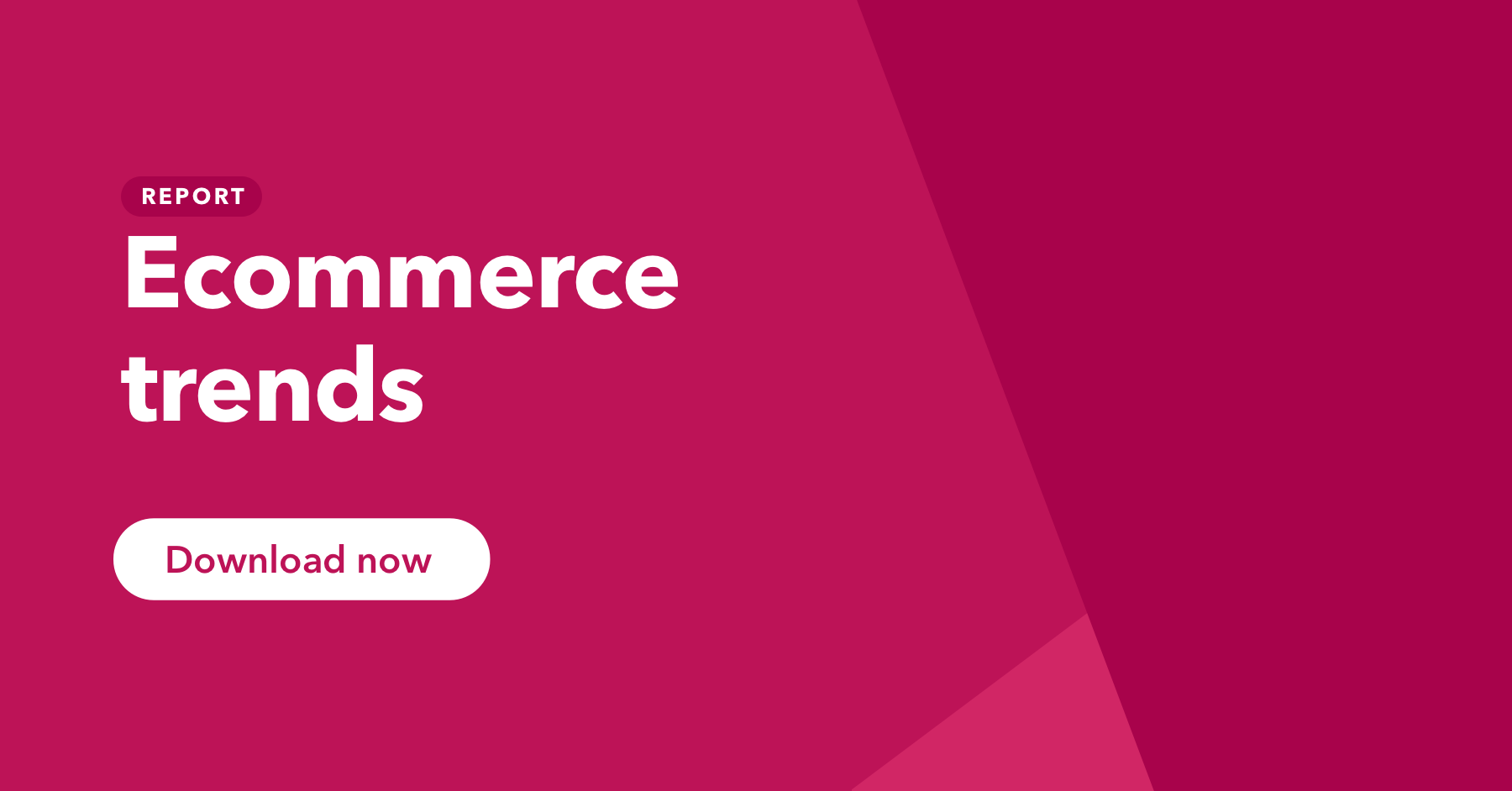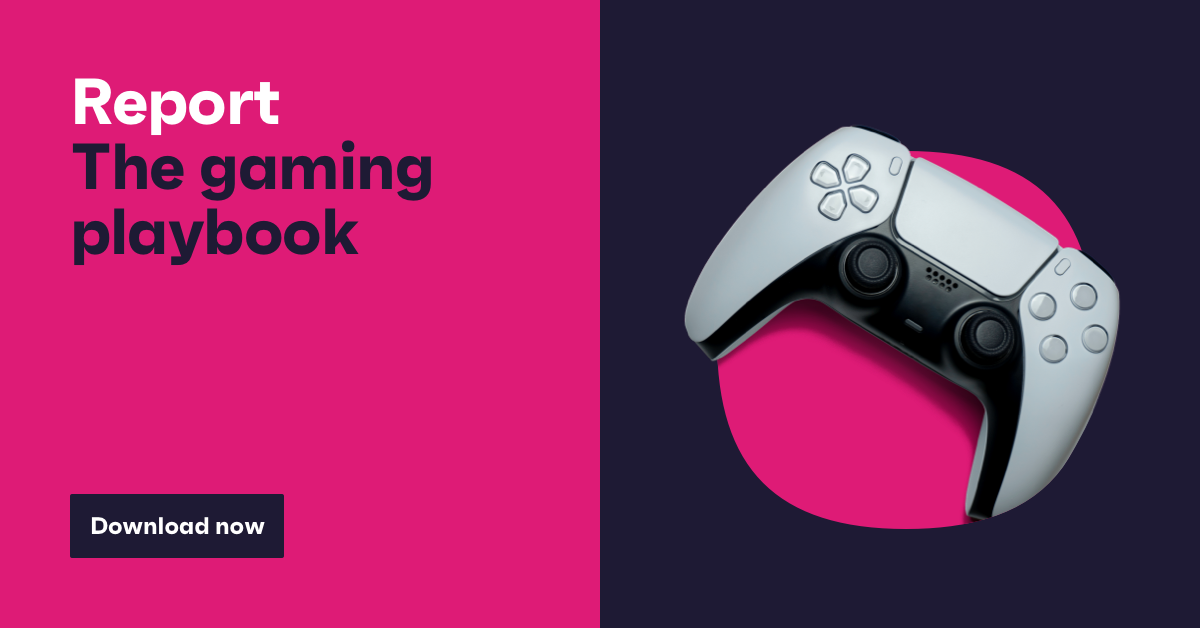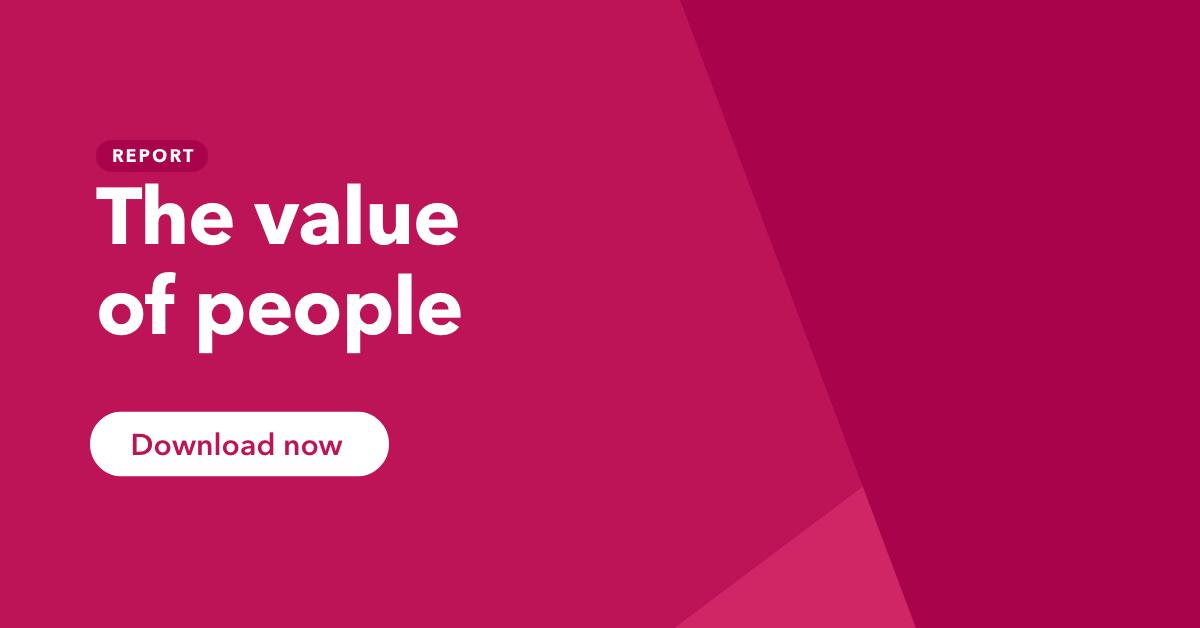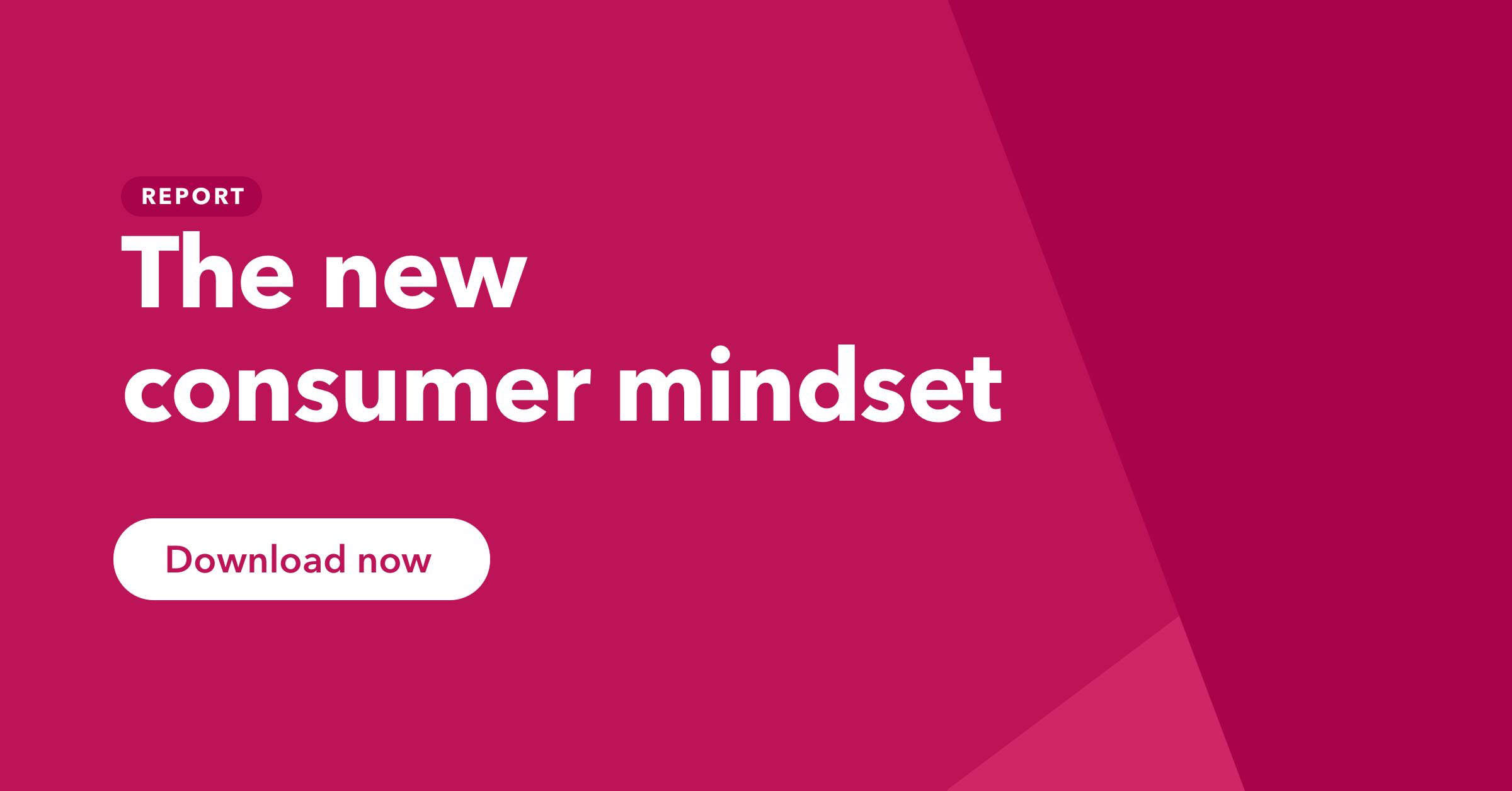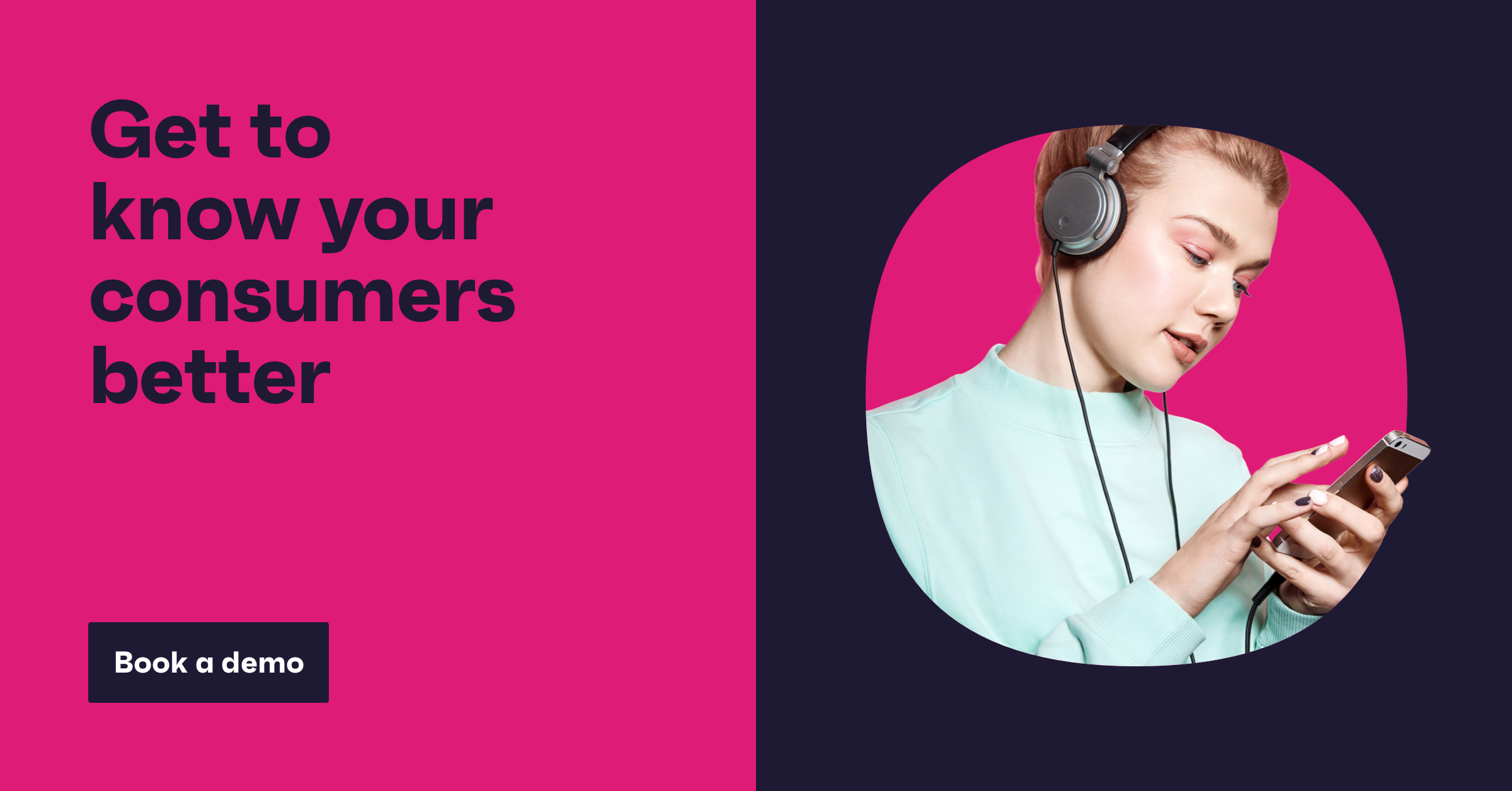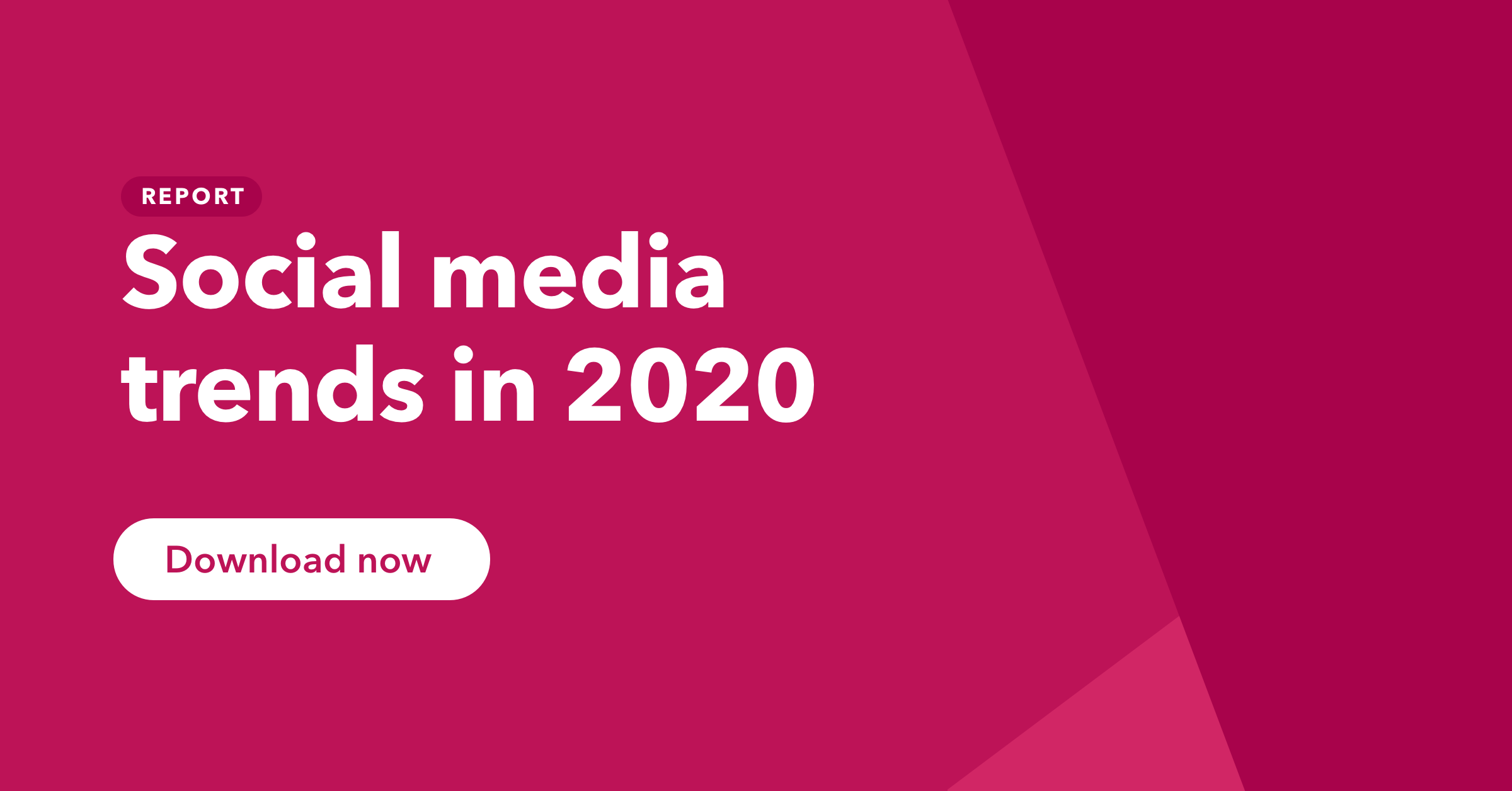
When brands align themselves with professional sports leagues and events – and get it right – the return is worth it.
Through partnerships, sponsorship or other allegiances, when it comes to exposure in the sports arena, everyone wants a piece of the pie.
But engaging sports fans is no easy feat. There’s growing competition for their attention, and crucially – no two are alike.
With professional sports severely impacted by the pandemic, competing in today’s reality requires a tailored approach.
That’s where data comes in. Survey data gives you a multi-dimensional view of fans you want to target. When you know how they see the world, you’ll know exactly what to leverage.
Reasons to get more targeted
Understanding the nuances of modern sports fans means more strategic sports/brand partnerships. Advertising budgets have taken a huge hit amid COVID-19, so getting this right couldn’t be more important.
The benefits are threefold:
- Baking fans’ interests, aspirations and needs into your approach helps you stand out in a sea of competitors.
- It literally pays to be informed – once you’ve learned what really matters to your audience, you’ll avoid costly mistakes from ideas that don’t land.
- Once you’ve piqued their attention, fans are more likely to take an interest in your brand.
Getting more targeted in practice – exploring MLB fans’ persona
In this instance, we’ll use our new GWI USA data set to shine a light on Major League Baseball fans.
As a sport, MLB is as high profile as it gets, and has been for a long time. That said, it’s been a compromising year – with players testing positive for coronavirus, and the season disrupted by a string of cancelled games.
Though 51% of MLB fans enjoy watching or attending baseball games in person, live sporting events are off the cards for the foreseeable future.
Fans are feeling just as displaced as players. How can their unique attributes inspire brands to think creatively about how they reach them?
We created a bespoke audience to zero in on major fans of MLB specifically, and applied this audience across our USA data set – to get accurate insight just on them.
Their traits and interests
MLB fans describe themselves as reliable, respectful and knowledgeable.
They’re philanthropic by nature – with 51% saying supporting good causes is important, and roughly 1 in 3 saying they’re outspoken about the issues they care about.
Staying informed about the world around them is a priority. MLB fans are more likely than the average U.S. internet user to take an interest in the following key areas:
- 56% are interested in news and current affairs.
- 48% are interested in the economy.
- 46% are interested in politics.
- 42% are interested in local issues.
How to find this insight: In the GWI USA data set, under ‘attitudes & interests’.
What this means: Working with charitable causes and taking action to help resolve local issues is likely to increase your brand equity in the eyes of this audience.
What they value – and worry about
Of a list of options to choose from, nearly half (48%) say their reputation is important to them – they’re 20% more likely to say this than the average American.
If we look at their top hopes and aspirations, the majority – 62% – say they want to be healthy. Following this, they value happiness, and being financially secure.
14% have either experienced depression in the past or experience it now. Moreover, awareness over their health and wellbeing is prominent in their outlook:
- Of a list of possible concerns, most MLB fans (63%) worry about infectious diseases and viruses (such as influenza or COVID).
- Next, 53% worry about healthcare (quality or cost).
- 65% think it’s ok for people to say when they’re struggling.
- Half think we should be more open about mental health.
How to find this insight: In the GWI USA data set, under ‘attitudes & interests’ and ‘health’.
What this means: For brands looking to target fans through association with MLB leagues, products, services or initiatives aligned health and vitality, are likely to make for an attractive collaboration.
What incentivizes them to buy
78% of MLB fans would prefer to wait until a product is discounted to buy it.
Their preference for not paying full price is evident in answers to statements relating to personal expenditure:
- 53% look for discount codes/coupons.
- 53% spend time looking for the best deals.
- 51% usually research products before buying them.
In the next six months, 2 in 5 fans would consider buying auto insurance – 25% more likely than U.S. consumers generally.
They’re also 21% more likely than the U.S. average to prefer buying products that were made in the country.
How to find this insight: In the GWI USA data set, under ‘retail’ and ‘marketing & brand touchpoints’.
What this means: There are multiple takeaways here. Firstly, advertising discounted items or services will be well received. Secondly, now would be an optimal time to advertise auto insurance to MLB fans – since 40% are already considering purchasing it in the next six months. Third, if products or services are made in the U.S., this is deemed as a positive and should be clearly communicated.
How they hear about new brands
In terms of brand discovery, 56% hear about new products or services through TV commercials.
They’re 36% more likely to do this than the average. Next, it’s through recommendations from friends and family (34%), and in third place, via search engines (28%).
In the past month:
- 39% have received an email/newsletter from a company.
- 26% have used a company’s mobile app – being 20% more likely to have done this than the average consumer.
- 23% have watched a video made by a brand.
How to find this insight: In the GWI USA data set, under ‘marketing & brand touchpoints’.
What this means: Brands hoping to increase awareness among this audience will get solid exposure by advertising on TV. Secondly, the most probable ways of reaching fans are via email, a company app, or via a branded video – ideal placements in which MLB and external brands can communicate their allegiance.
Social media’s role in their daily lives
MLB fans are 21% more likely than the average U.S consumer to use social media to research products or brands.
They also use social to keep up to date with friends and family (53%), for fun and entertainment (41%) and to keep up to date with the news (32%).
In the past month, most have engaged with Facebook (70%) followed by YouTube (65%).
How to find this insight: In the GWI USA data set, under ‘social’.
What this means: Targeting these fans on Facebook (their most engaged with social network) with content intended to entertain and inform (as is their preference) means brands can get the exposure they need, while being perceived as relevant.
Key takeaways
- Understanding how, where and why you’ll appeal to sports fans is crucial. Beyond media exposure in the context of sport, the more targeted your approach is, the more valuable sponsorship and partnerships become.
- Sports fans’ preferences, outlook and behaviors are clues. Clues that should inspire messaging, the creative concept, or any future collaboration. Your strategy should be guided by the observations that stand out the most, as this creates a point of difference other competitors may have overlooked.
- With granular data, that’s updated quarterly, you’ll always be able to track what’s happening and stay ahead. Profile and segment your sports audience as and when you need – comparing behaviors and attitudes of various fans across the U.S., or even in particular U.S. states, such as New York or California.







